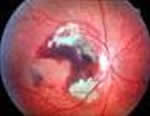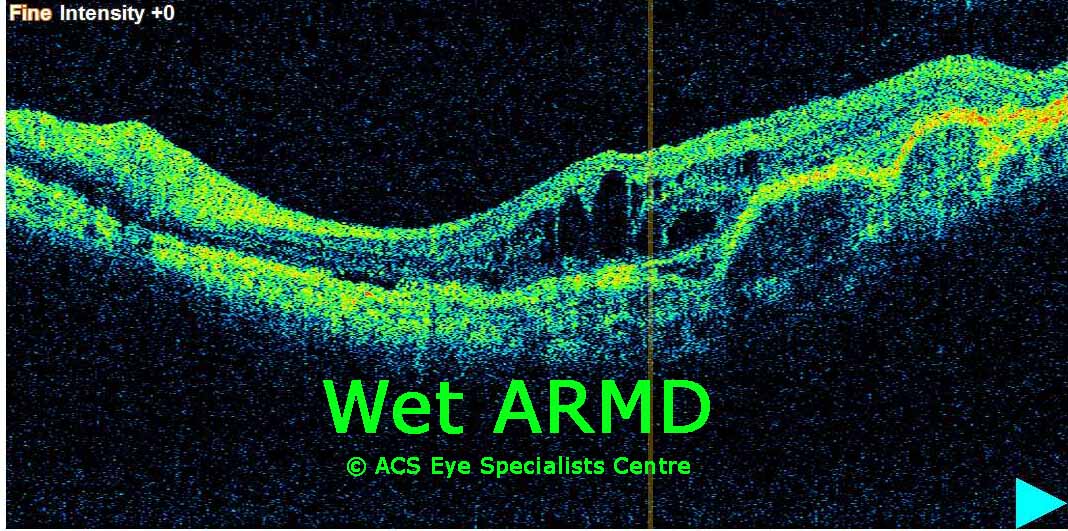

ACS Eye Specialist Centre
95G & 97G Jalan TKS 1,
Taman Kajang Sentral,
43000 Kajang,
Selangor, Malaysia.
Tel: 03-82116078
Waze or Google Map
ARMD - Macular
Degeneration
What is Macular Degeneration?
Another name for this is Age-related macular degeneration (ARMD) which is a degenerative condition of the macula (the central retina).This is caused by hardening of the arteries that nourish the retina which in turn deprives the sensitive retinal tissue of oxygen and nutrients. Thus, the central vision deteriorates.What are the symptoms?
The symptoms varies widely. In the worst cases, it causes a complete loss of central vision, making reading or driving impossible. The central vision is distorted. (Straight lines such as the door frame may appear wavy or bent). For some they may only experience a slight distortion of vision. Fortunately, the person does not experience total blindness as the peripheral vision is still intact.What is the difference between wet and dry macular degeneration?
This degenerative condition can be classified as either wet (neovascular) or dry (non-neovascular). The wet type affects 10% of those with macular degeneration and this occurs when new abnormal vessels form to improve the blood supply to oxygen-deprived retinal tissue. As these new vessels are very delicate they can break easily, causing bleeding and damage to surrounding tissue and resulting in loss of central vision.The Dry type of macular degeneration is more common but it usually results in a less severe, more gradual loss of vision. This condition is charaterised by the appearance of drusen (yellowish deposits) and loss of pigment in the retina.
What causes macular degeneration?
Macular degeneration may be caused by variety of factors. Genetics, age, nutrition, smoking, and sunlight exposure may all play a role.
How is this condition detected and diagnosed?
An ophthalmologist will be able to diagnose this condition with the following tests - vision test, Amsler grid test, ophthalmoscopy, fundus photography and fluorescein angiography.
A new diagnostic scan called Optical Coherence Tomography (OCT) has been useful in helping to detect changes in both dry and wet ARMD. It allow monitoring of treatment regimes e.g. injections, to see whether the patient has any changes post treatment and thus enables the doctor to decide on the duration and frequency of treatment.
What is the treatment for macular degeneration?
There is no proven medical therapy for dry macular degeneration. In selected cases of wet macular degeneration, laser photocoagulation is effective for sealing leaking or bleeding vessels. Unfortunately, laser photocoagulation usually does not restore lost vision, but it may prevent further loss.Photodynamic therapy has proven to be effective for some patients in stopping abnormal blood vessel growth in some patients with wet AMD. This new type of laser treatment is more selective than laser photocoagulation in treating the abnormal vessels and is the treatment of choice in many cases.
There are new treatments using drugs in the form of injections to treat macular degeneration e.g avastin, lucentis. Results have been encouraging so far and some of these are still undergoing evaluation for long term effects.
